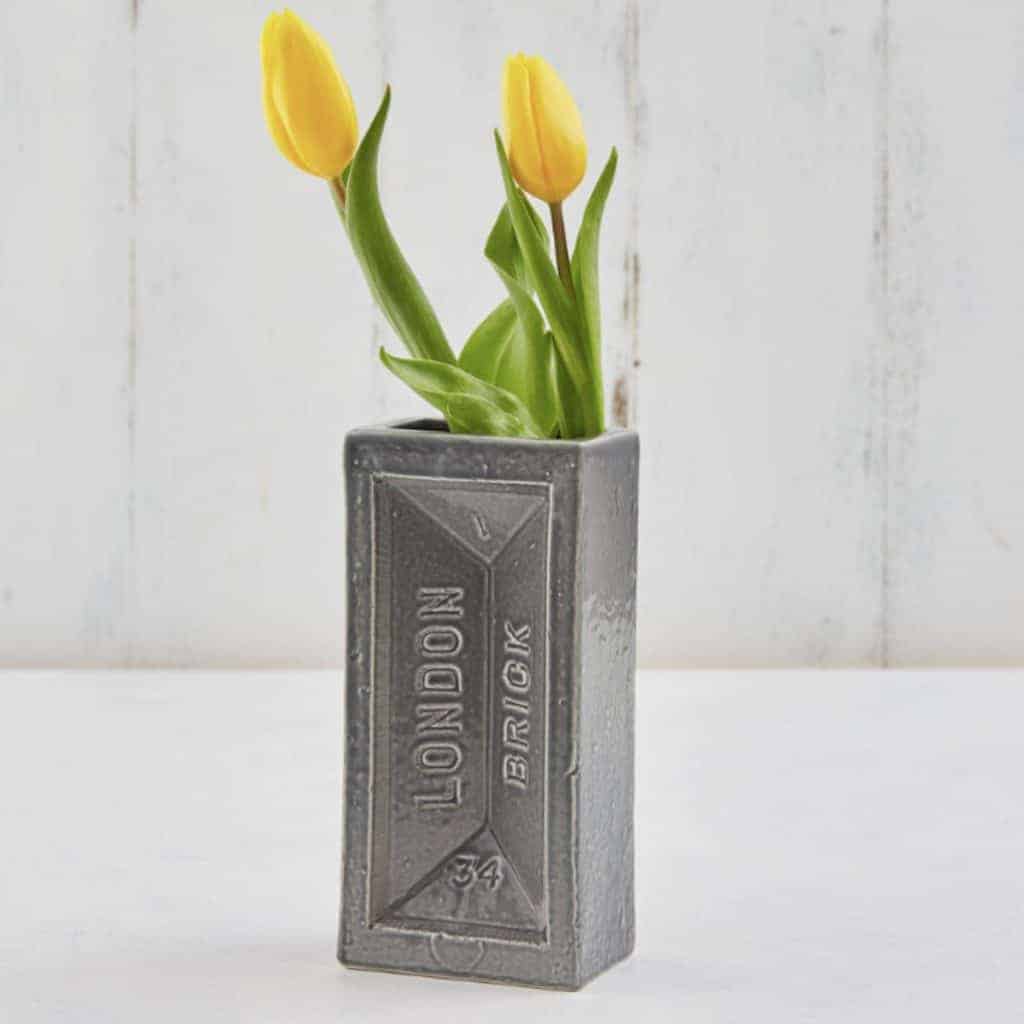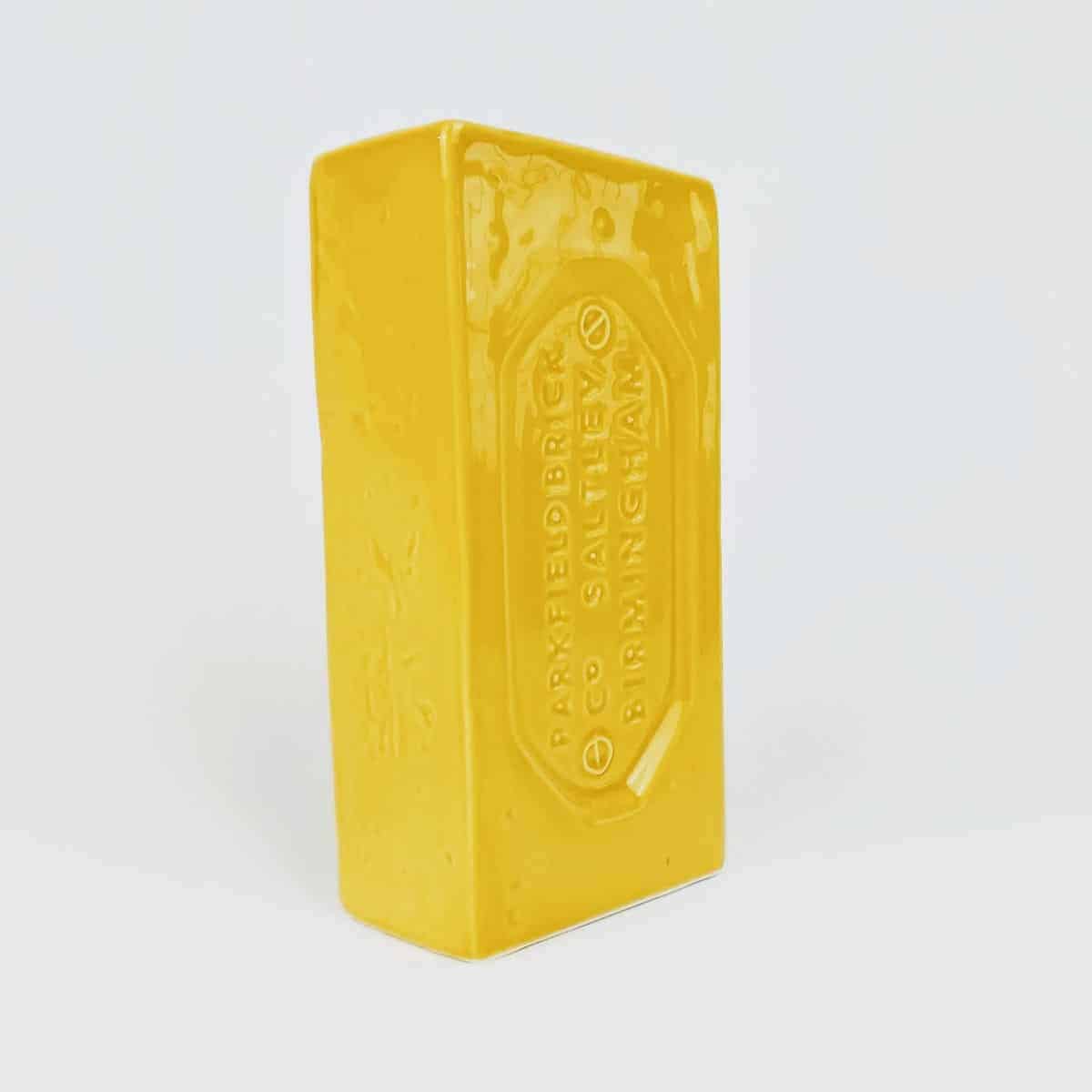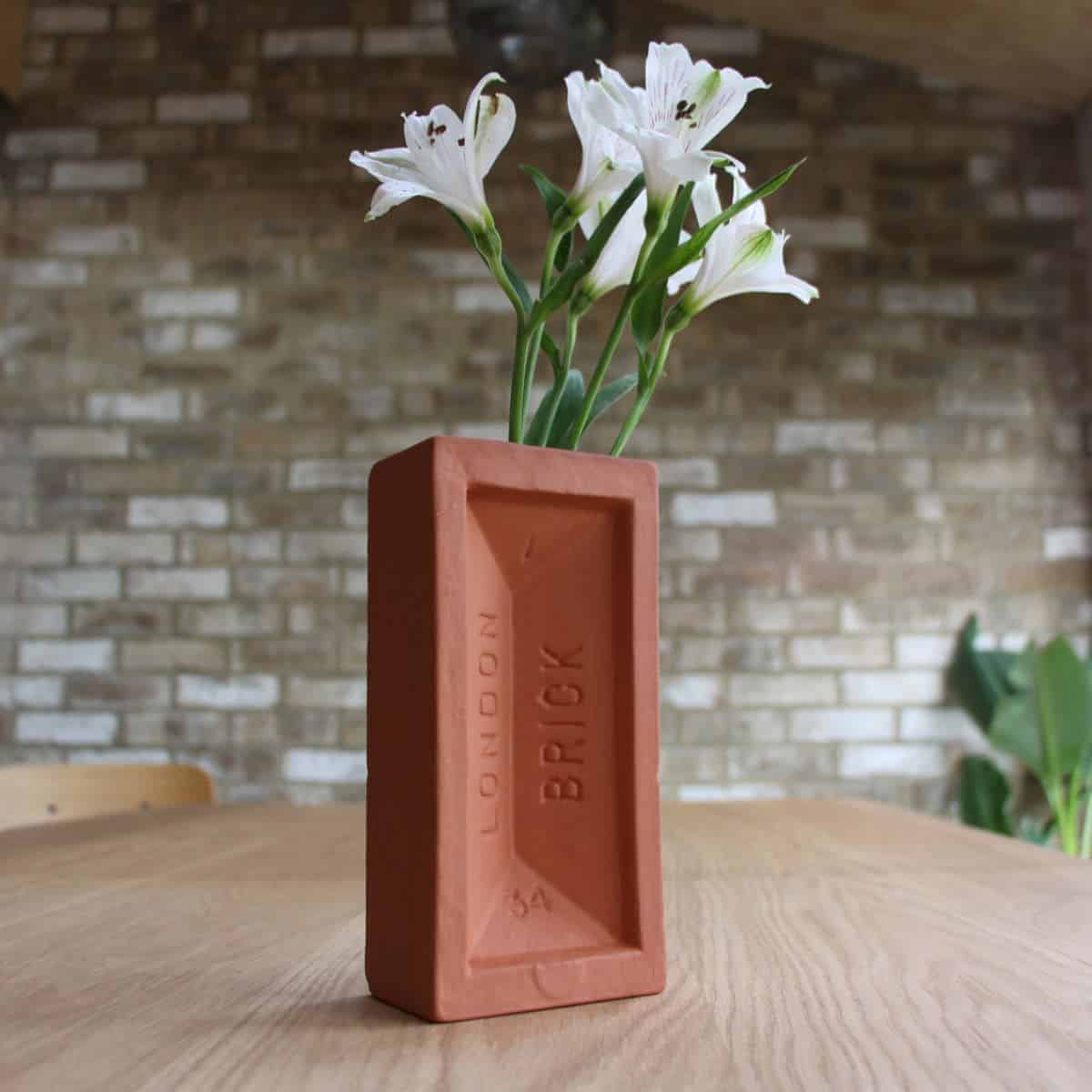Stolen Form INTERVIEW
Creating a Designer Vase from a Design Icon.

SGB: This month's craftsmanship interview is with Christian the founder and chief brickmaker from Stolen Form. So let's start at the beginning: What inspired you to start Stolen Form?
Christian: I studied Contemporary Crafts at Falmouth Uni, which is where the origins of the brand came about. I was replicating objects that to me, had a wider meaning and expression then simply being utilitarian, "Could the form of an object be used differently"? was the big question in my head and I practiced the idea through the ceramic techniques of mould making and slip casting. It was a very inspirational time; developing my ideas and learning craft skills. It became very apparent that I wanted a career doing this, I've not looked back since graduating 11 years ago.
SGB:How did you go about getting Stolen Form off the ground?
Christian: A lot of bloody hard work! I was working part time as a chef and ceramicist assistant until the business generated enough capital to reinvest in the brand and grow. I was in it for the long game so I was understanding that building up a product range, having a working premises with professional equipment and then earning a comfortable wage was going to take some time. Small steady steps has always been my approach.
SGB:How many experiments did you do until you found the final shape and materials to make the London brick vases and dishes?
Christian: A key part to the concept of StolenForm is that we mould directly from sourced objects, meaning these objects become the model to be moulded and all the real-life details are picked up and celebrated. It's this true reflection that helps people connect with them.
SGB: What is a typical day in the Stolen Form workshop?
Christian: We work with specialists in Stoke-On-Trent and around the midlands to produce the bespoke moulds and fired ceramic casts, which left unglazed is known as bisque-ware. The area is the historic centre for British made ceramics but it's still quite a niche industry. All the small businesses we partner with are family owned and have small teams on the floor, so it's very pleasing knowing it all comes down to the individuals that are tasked with each step along the production process.
As well as running the day-to-day tasks of the business, it's my role to glaze all of the the products with colours, which is pretty much a full-time job in itself! It's certainly challenging at times juggling everything but I set up the brand as a 'studio' ceramicist, which is still where I like to be the most but it gets more testing as the years pass on the brand grows.
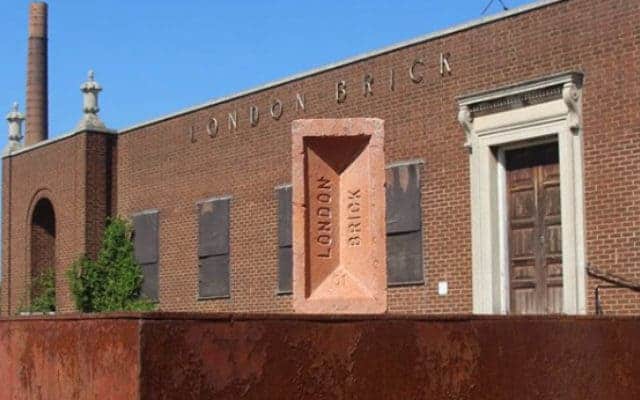
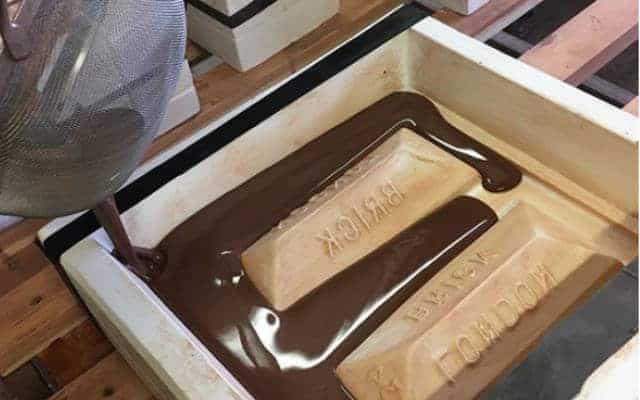
SGB: Can you walk us through the process of making a Stolen Form London Brick Vase?
Christian: Learning how to make plaster moulds was my Eureka moment at Uni, not only because I could replicate objects, but we could then replicate the finished products as continuous runs. So a lot of emphasis is placed on the workability of these moulds.
Once you have your batch, they are filled with liquid clay known as slip, which is left inside for a certain amount of time until the outer surface begins to set where it meets the internal plaster walls. The job of the plaster because it is porous, is to draw the moisture from the slip so it begins to set firm on the outer sides. This gives the casts their finished form. You then empty them out of excess slip, which is actually most of the material needed to fill the moulds. This leaves a hollowed out version of the solid object that has been moulded. From there they are left to dry a while longer before de-moulding and left again to dry further until leather hard. They are then fettled with a knife and sponged down smooth. By now you can understand there is a lot of drying times during production, but its left again until bone dry before they go in to the kiln for the first firing, known as a bisque fire. This is an essential process that turns the material state of clay into a ceramic. It's a defining moment that makes the material as solid as stone and is now easily handled. I can then add the colour and gloss appearance by spraying the glaze onto the ware before being left to dry and fired again for the second time, known as the glost firing.
That's a visual description of what goes on without nerding you out on the science.
SGB: What is the most satisfying part of the process?
Christian: It has to be opening up the kiln door once it's cooled to see the work. The dusty pastel tones of the glazes before firing are now vivid bright gloss colours post firing and it's only now can you imagine seeing them in there rightful place in someone's home.
I've got to say that it doesn't always go to plan, some of the least satisfying times have been opening the kiln door to see items cracked or the heating elements totally out of shape. It's all part and parcel in ceramics, we're a resilient bunch.
SGB: What is your personal favourite tool in your arsenal?
Christian: My spray gun is almost an extension of my arm! Applying glaze by spraying it looks so simple to do but it's certainly not, it's a slight of hand task to get the coverage right, especially on translucent glazes as a difference in thickness is noticeable. I got the gist in a few weeks of initially trying it out but a couple of years to perfect, but the volumes were much lower back then. Now it's mostly muscle memory and I find the repetition therapeutic.
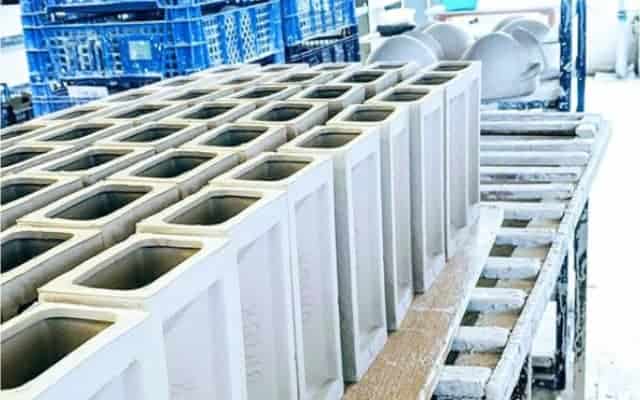
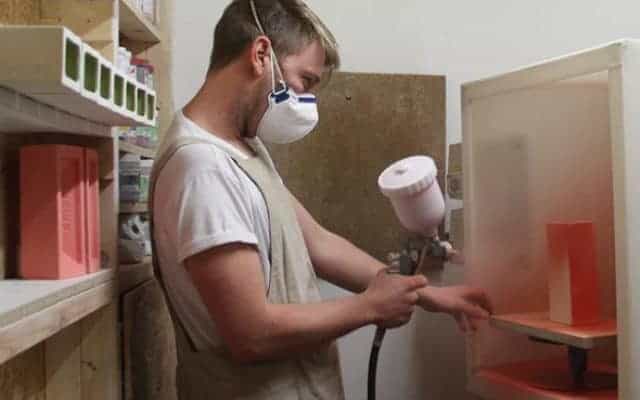
SGB: What makes Stolen Form Brick Vases and Dishes so special?
Christian: It’s about symbolism, juxtaposition and accidental ergonomics that some objects bring, but the object must be recognisable. It’s interesting how a common house brick can have so much appeal, moreso when it’s far removed from its original intention; as a building material. It’s a bit like the Marcel Duchamp school of thought; can something be elevated to a more impressive level and what connotations are involved? The London Brick to me is a scaled down version of the city itself, it's about new icons and it’s down to how you see an object and what value you can imply that I find important and hope others see it this way too.
SGB: When it comes to inspiration what makes you want to create?
Christian: I was asked this question on the first day of Uni and my reply was to make homeware more masculine as I had the outdated view that it was all floral designs and pastel colours. Further to add was that craft was predominantly practiced by the older generation or the hobbyist. I still hear people use 'craft' as a dirty word. Of course this is not true and the lecturers had the look on their eyes that said I had a lot to learn, but it did push me to create something new. I wanted to challenge my own perception and blur the lines a little between art and design, artist or designer with the middle ground being my definition of craft.
SGB: Do you have any brands, designers or makers that inspire you?
Christian: I'll add artists to the list as well: Ron Arad / Pawena Studio / Sunil Pawar / Cestmir Suska are to name a few.
SGB: Can you let us into any future plans for Stolen Form?
Christian: I'm launching other regional Brick Vases in the brands colour range so keep your eyes open at Sir Gordon Bennett and you'll see the Bristol, Birmingham, Sheffield and Glasgow Brick Vase designs very soon.
Click here to explore the colour range or click the images above to be taken straight to Christian's beautiful Stolen Form products.

